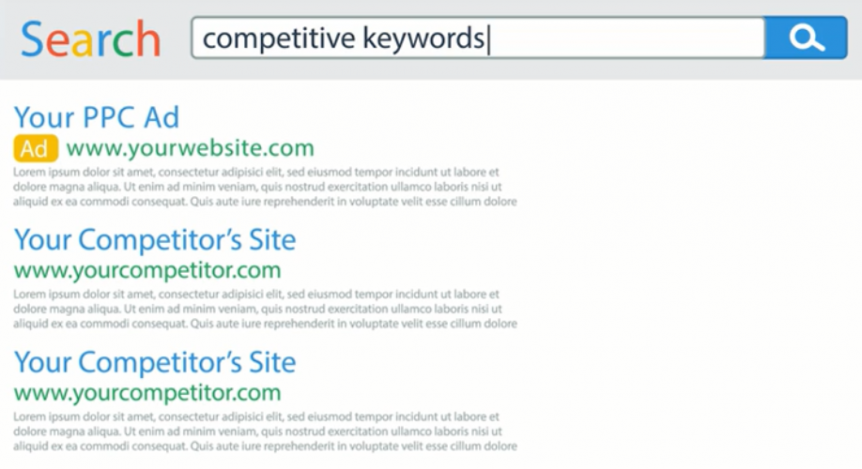The internet is a global marketplace. People now search for goods and services online instead of, or before they visit a physical store. Different online platforms including Search Engines (Google and Bing) can be used to connect the stores with online customers. Pay-Per-Click (PPC) can then be used to optimise advertising strategy online. PPC advertising is an increasingly useful marketing strategy whereby companies pay in order to drive traffic to their websites, allowing them to capitalise on the Internet’s popularity.
What is PPC?
With pay-per-click (PPC) advertising a company pays the search engine each time they receive a visit from one of the adverts. Pay-Per-Click campaigns allow a client to buy impressions, website visitors, calls, clicks and even conversions through their advertising campaigns.
Paid campaigns differ from organic searches as the client’s website does not have to rank for a keyword in order to place an advert on the first page of Google. If a PPC campaign is successful, the value of the website visit will vastly outweigh any advertising costs.
How Does PPC Work?
There are different types of PPC campaign which can be broadly categorised into two areas: Search Advertising and Display Advertising. Search advertising is where an advert is shown to somebody actively searching for an item through a search engine. The advert will show on search result pages when a search is made containing specific keywords which are relevant to the advertising campaign. In a search campaign, the advertiser’s goal is to be placed at the top of the Google Search results in relevant searches in order to achieve the most publicity from their ad.
Display advertising campaigns rely on targeting more general factors such as a person’s demographics, location or the website that they are visiting. Display campaigns are also used for re-targeting to show the user adverts based on products that they have previously searched for and visited on your website.
The Goals of Pay-Per-Click Strategies
The goals of pay-per-click adverts can be categorised into three main areas: to maximise the number of conversions, to increase brand awareness and to increase engagement. Campaigns can be tailored to each of these three purposes and thus maximise each campaign to achieve their specific goals.
A conversion is recorded each time a user takes a desired action as a result of a PPC campaign. A conversion could result from a number of actions including making a purchase, a newsletter sign up or a subscription. Campaigns are often measured by the number of conversions that they generate; the most successful campaigns have high conversion rates. Conversion rate measures the effectiveness of the ad by dividing the total number of ad conversions by the total number of ad clicks. The conversion rate can be used to determine whether the user has found the ad relevant and useful for their search.
Summary
PPC enables new businesses to reach clients across the globe. Whilst this increases the number of opportunities for businesses the level of competition between businesses is also increased. Businesses are now increasingly competitive and as a result it is extremely important to have a digital marketing strategy in to maximise the benefits of an advertising campaign. A number of goals can be achieved with effective PPC campaigns which allow businesses to reach a large target audience. Through effective use of PPC, companies can ensure they reach their advertising potential.
The author’s views are entirely his or her own and may not reflect the views of CodifyMedia.
Share this Post

